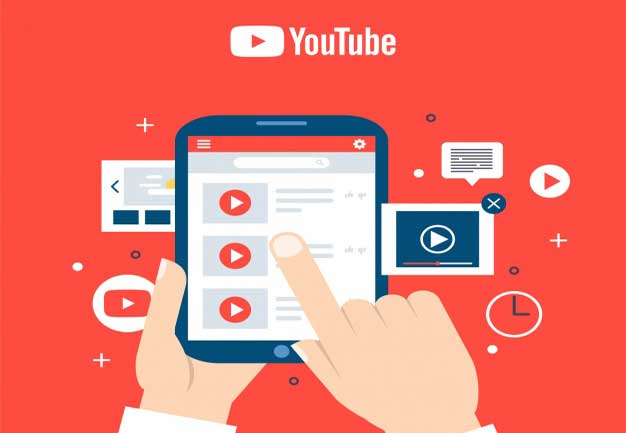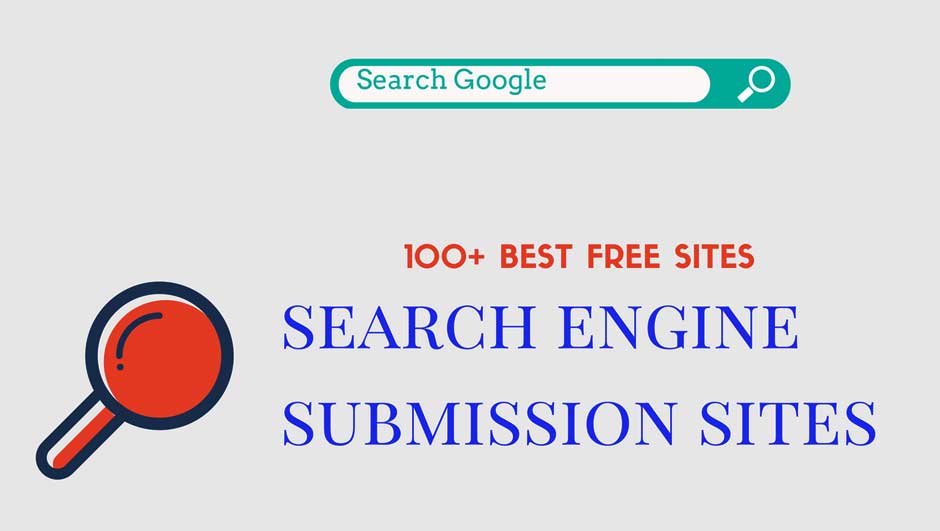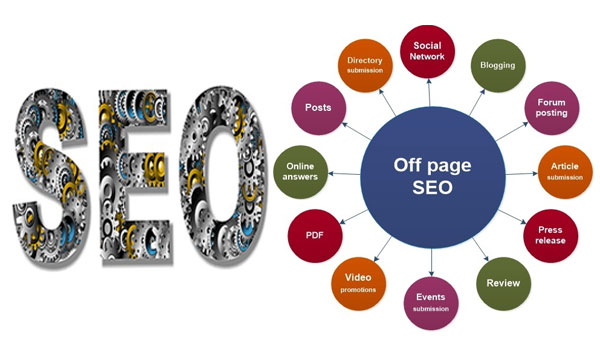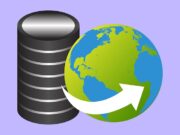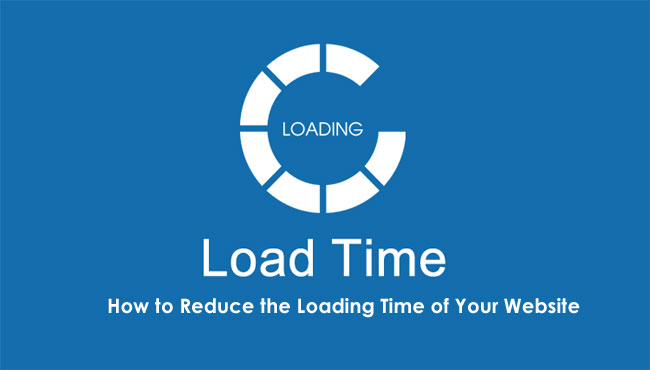The overall loading time of a blog can rigorously impact the ranking and turn over. Google primarily judges the loading time consumed by a website for providing good rankings. If the website consumes more than 10 seconds in getting loaded, probably it has no place on the first page results.
As a blogger, you might end up ignoring the downtime of a website. In this post, we have tried to bring out relevant solution for reducing the load time of a blog So that your readers do not abandon it.
Let us know some of the finest ways to get rid of slow loading time of a blog.
#1, Say No To Excessive Plugin
Being a word press user, you always has an advantage of using as many plugins as you want. However, sometimes these advantages can become a reason for your downfall. Installing more than required amount of plugin can eat up your server resources. The best would be to disable the unwanted plugins or use the ones that are multitasking in nature.
#2, Best Host Service
The self-hosted blogs can always choose the type of host they want. Do not use web hosting services that have poor support. The small size of blog generally works best on HostGator or Bluehost. Also you can choose Wpx hosting services as a worthwhile option.
#3, Choose A Customized Theme
Would you ever choose a cheap material to construct your physical Store? I guess we all want selling marts to leave good impression the buyers. Similarly, if you want to earn a serious amount of money from your blogging, never rely upon free theme that is free. They are most of the time poorly coded and can even result in your blog to get hacked.
Read: How to Improve SEO for your Small Business
#4, Image Optimization
We upload the images according to the created content and availability. However, you should make it a point to decrease the image sizes and convert them into PNG file for the best outcomes. Also use lazy load plugin that conditionally loads the website images.
Ex: <img itemprop=”image” src=”(image-url)”/>
#5, Select CDN
The content delivery network can optimize your blog in a better way. The content delivery services distribute the contents on different platforms is the best option for the E-Commerce website.
#6, Keep Limited Stuff On Homepage
Everybody wants to communicate the maximum information to the readers. But that should not come up with overstuffing of content on the main page. Do not keep more than 7 – 10 post on your blog homepage.
Enter the desired number here#7, Avoid Excess Advertisements
Yeah, we understand that advertisements are the main source of your income and they are indeed necessary. However, if the ad banners are in form of videos, it would be better to avoid them. Use the GIF images banners and compress them for reducing the load time of the blog. Google AdSense carefully synchronizes your website with those ads that do not affect the load time.
Select Asynchronous while getting the ad code.#8, Remember De-Cluttering Your Blog
Once your site becomes a little older, there is a possibility for it to accumulate obsolete stuff which needs to be removed as soon as possible. We often use Google authorship tools in our post before putting them on our website. We can use specified plugins for it as of now. The cloud servers that one used as the website backup can also eat away the server space. Free up your system for a smoother load time.
#9, Choose Caching Plugin
Your dashboard can benefit a lot with W3 total cache plugin. It will automatically work upon the overall loading time of the blog.
#10, Speeding Up The Main Pages
Check out the most viewed pages with the help of Google analytics and remove excess number of ADS present on them. Also customize the images and hide certain elements in the sidebar so that unnecessary load time is avoided.
Read: How to Start A Blog Step By Step Guide
It’s all up to you how to reduce the loading time of your blog for a better traffic rate. We personally choose to rely upon Google’s guidelines and good policies for long-term benefit and easy management of things.





